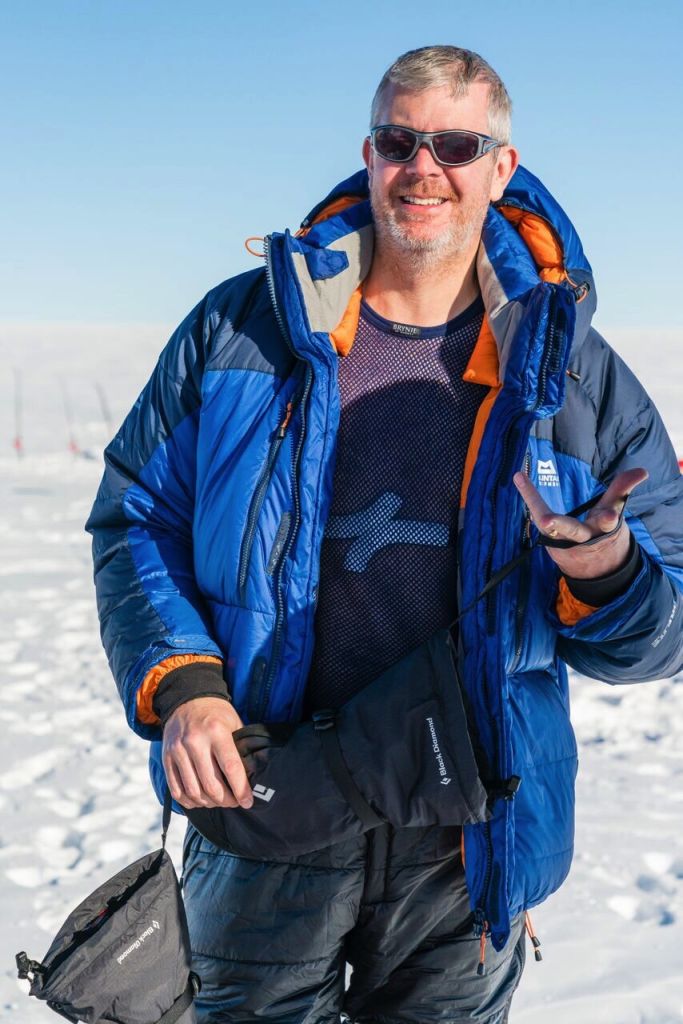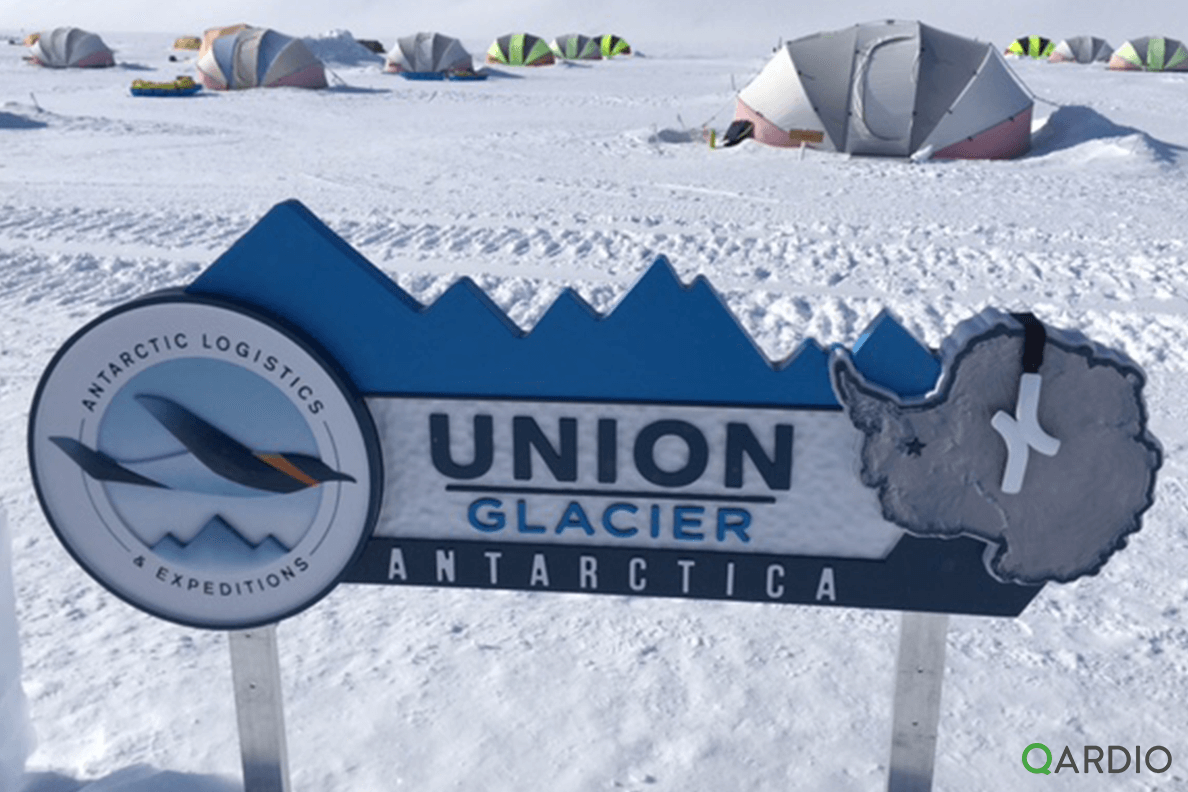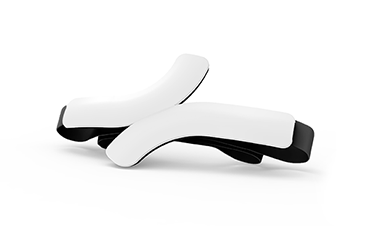Last month, we shared with you the story of courageous international crew trekking across Antarctica to complete Ernest Shackleton’s 1908 attempt to reach the South Pole along with Qardio health monitoring devices. We recently sat down with Michael Dryden, one of the adventurous Antarctic explorers, to find out just what it takes to survive such extreme conditions and what Qardio devices revealed about the effects of such an undertaking on the heart. Read our interview with him below.
 Physically, what was the most challenging part of the expedition?
Physically, what was the most challenging part of the expedition?
When you think of the South Pole, extremely cold temperatures might be the first thing that comes to mind. You may be surprised to know that an even bigger physical challenge comes in the form of the location’s high altitude. The South Pole’s icy plateau is 9,301 feet (2,835 meters) above sea level – this is almost half of the height of Mount Kilimanjaro.
It took five days of gradually increasing exposure for Mike and the other explorers to adjust to the altitude where thinner air not only the result of the altitude but also of the magnetic forces of the pole. They started with only 1 hour of trekking the first night after landing from their flight from the coast. The second day, this progressed to 3 hours, and they continued until they reached their target of seven hours of pulling a day. By day four, they were moving on average 20 kilometers (12.4 miles) a day. A member of the team needed to be medevaced out by plane due to illness, delaying their progress, but they eventually reached ten hours of pulling a day.
“These treks, especially in the first days before we acclimatized and perfected clothing layering, left us panting worryingly and sweating heavily. That was until we stopped for a break – then had that sweat freeze uncomfortably and dangerously on our bodies. This would freeze up our masks and make the next twenty minutes bitingly cold and unsighted until we warmed again.”
Navigating the Antarctic is extremely physically demanding, so what did Qardio devices say about the explorers?
“The measurements from QardioCore revealed my heart rate was averaging 120-130 beats per minute or more for 7 hours out of the day early in the expedition, reaching 155 to 175 bpm at times,” Michael told us. “Considering my heart rate was peaking at 85%-90% of my maximum heart rate each day, I was glad to be wearing QardioCore to monitor my heart health.”
What did you do to prepare your body for such an undertaking?
To prepare for the South Pole expedition, Michael undertook quite a rigorous fitness program that included regular gym sessions focused on cardiovascular endurance and strength training, in addition to trading public transport for cycling of jogging to work. Perhaps the most head-turning exercise Michael embraced was regularly pulling not one, but two tires to and from his office and around London!
 Why was it important for your team to have your vitals consistently monitored by QardioCore and QardioArm?
Why was it important for your team to have your vitals consistently monitored by QardioCore and QardioArm?
The South Pole expedition team was equipped with our digital health products, QardioArm, wireless blood pressure monitor and QardioCore, wearable continuous ECG monitor. Michael put on QardioCore every day before they set out, and he had his blood pressure monitored with QardioArm nightly. This was the first time that ECG vitals and blood pressure were monitored at sub-zero temperatures, providing first-of-its-kind data to a team researching effects of cold on the human body. This augmented the data being collected as part of the study being carried out by the Swedish Royal Institute of Technology investigating how bodies adjust to cold over prolonged periods of exposure to not-so-comfortable temperatures.
The data collected from Qardio devices didn’t just provide vital insight into the explorers’ daily heart health, they became a source of entertainment for the team too.
“We got a bit geeky and competitive with the data,” Michael tells us. “Even though all of our blood pressure measurements were highly elevated from the norm, every day we would compete to get the lowest BP measurement and heart rate reading after we finished the trek of the day!”
Considering low blood pressure in a healthy range is a good indicator for a healthy heart, the team was eager to claim the lowest measurement of the day as an indicator that they were in the best shape of the bunch.
Did Qardio devices make it convenient and comfortable to have your heart health checked, even in such extreme conditions?
“I was pleasantly surprised how comfortable wearing QardioCore was, even with all the added gear,” Michael told us. “Throughout the day it was not noticeable at all, I completely forgot I was wearing it.”
Even if Antarctic expedition is not on your trip list, knowing where your heart health is today and how it changes over time can turn into a life-saving decision. QardioCore makes it easy for you to monitor your heart health anytime, anywhere. Learn more about QardioCore, the only wearable ECG/EKG monitor free from wires and patches here.




